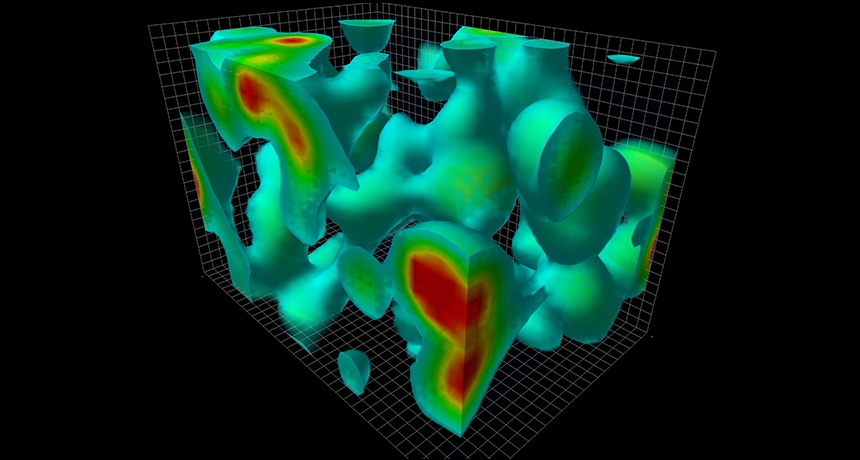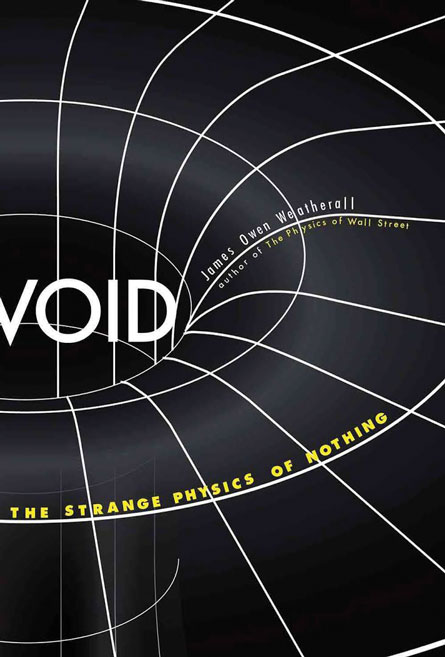‘Void’ dives into physics of nothingness
New book chronicles scientists’ evolving views on empty space

NOT NOTHING Even in empty space, subatomic particles are plentiful. In a vacuum, particles called quarks and gluons still appear, thanks to ever-present quantum fields, shown above in a computer simulation. A new book explains such counterintuitive properties of the void.
Derek Leinweber/CSSM/Univ. of Adelaide






